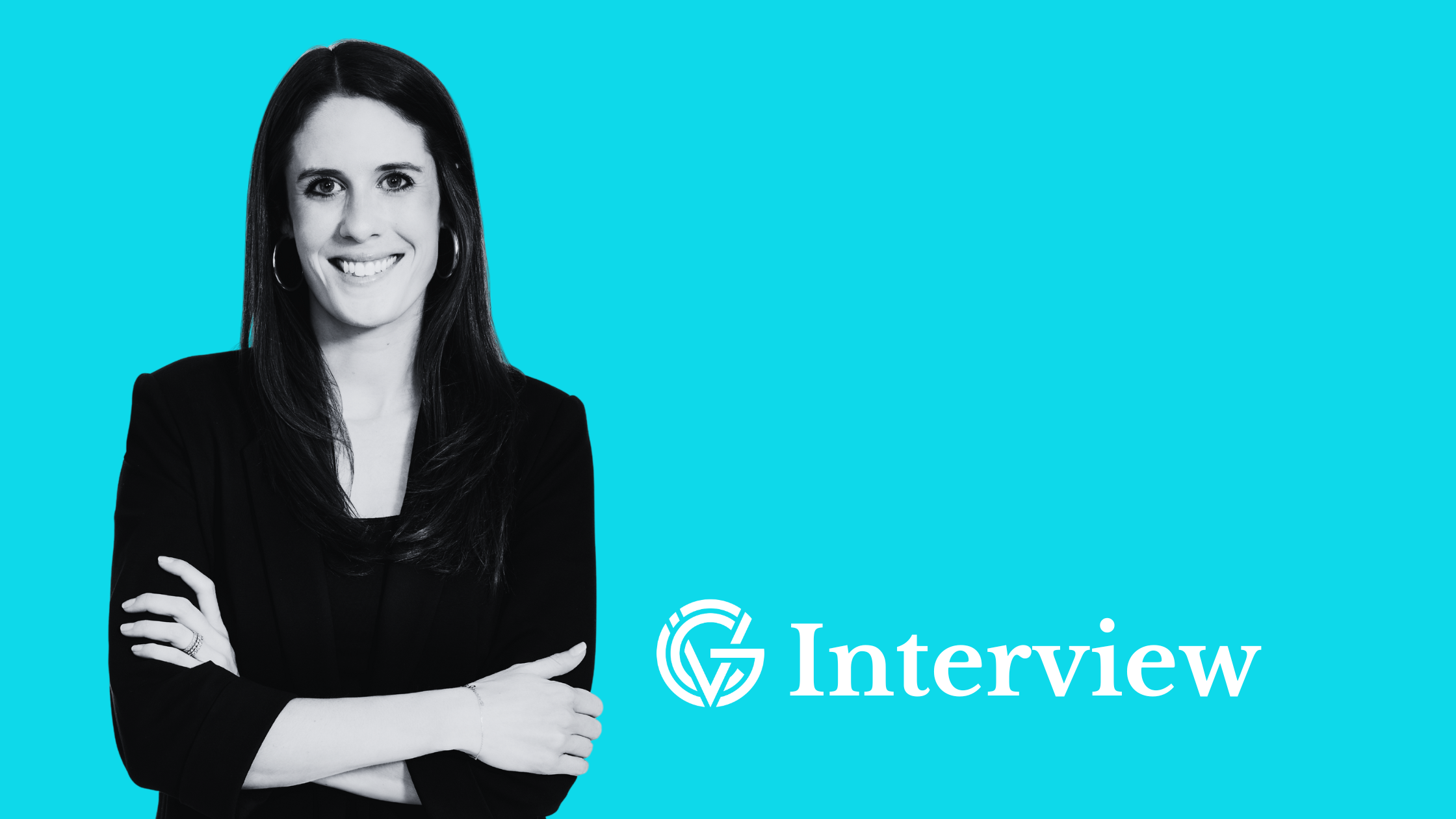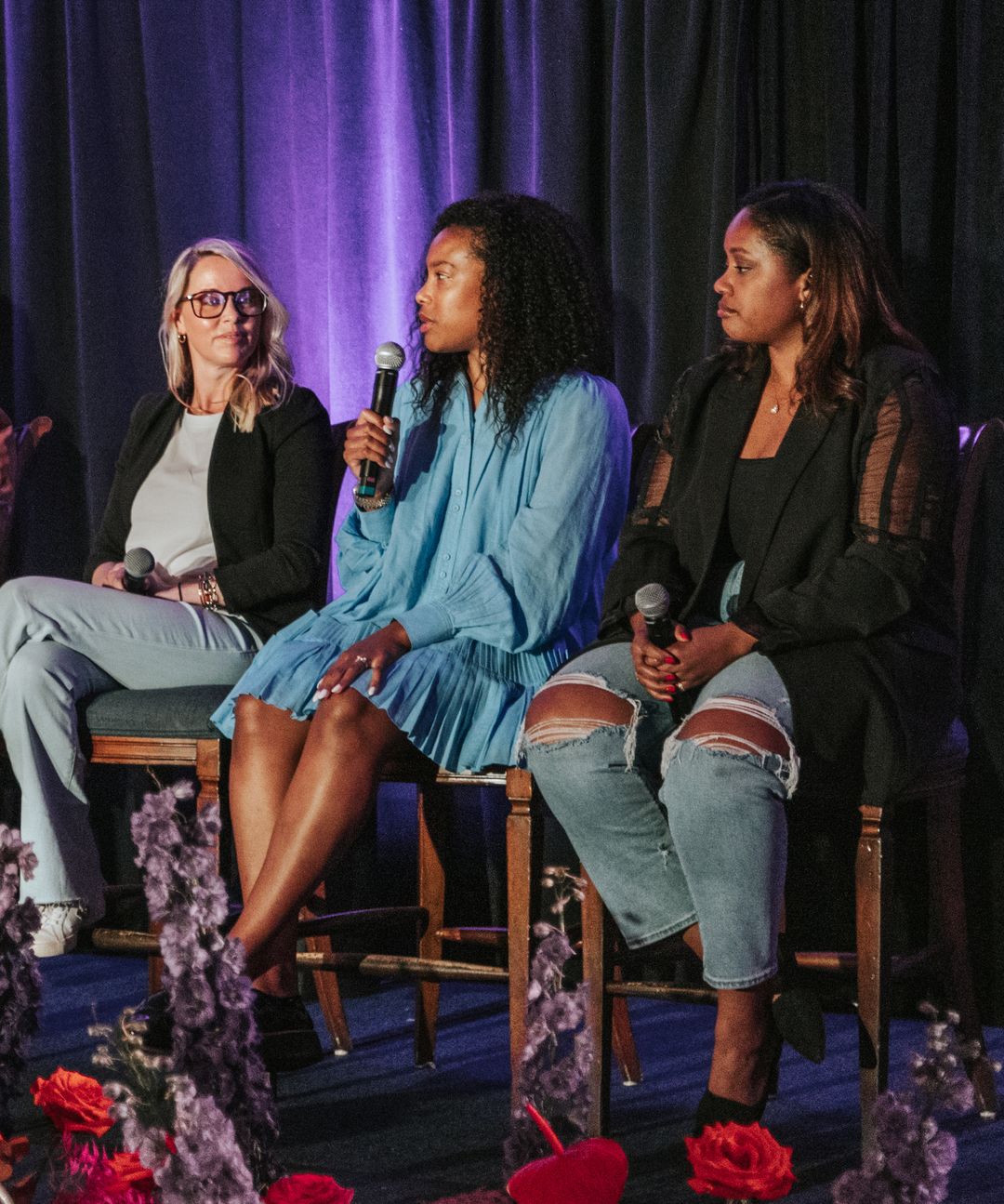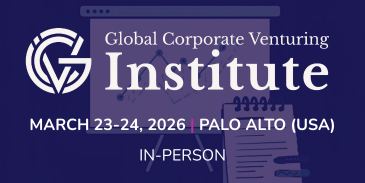Advances in AI are opening up opportunities for underrepresented founders, says Katie Bailey at Hearst's women-focused CVC fund. But it is also making it harder to do due diligence.

The emergence of artificial intelligence is a benefit for some founders from underrepresented groups, says Katie Bailey, senior director of media group Hearst’s female-focused venture fund, HearstLab.
“The rapid evolution of AI is enabling people with less technical expertise to build really powerful things quickly,” Bailey says.
“The ability to build and operate with no-code and low-code tools and AI is opening up the doors for anyone with a good idea and a strong business model to run at their idea. This is especially true when scaling core business operations like sales, marketing and customer success.”
It isn’t all good news, however. Bailey says that although AI has helped portfolio companies improve efficiency, it has also made due diligence a little trickier for HearstLab. The fund generally backs software, data and business-to-business companies, and while the technology has made it more straightforward for founders to get a startup up and running, they need to stand out in ways that don’t rely on tech.
“It’s now possible to get a company off the ground quickly and with minimal resources, which is exciting,” she says. “But it also means the technology itself is less of a differentiator. My team is constantly trying to stay close to what’s evolving on the technical side, and assess what that translates to, in terms of a true differentiated moat.
“In many ways, AI is levelling the playing field so we’re looking for the advantage that can’t be easily replicated. This could be in the form of proprietary data, domain expertise, regulatory tailwinds, network effects and, of course, the team itself.”
Equality needs to come at the investment stage too

HearstLab targets women-led startups and has made more than 80 investments since it was formed in 2016, but conditions in general have not really picked up for female founders.
Pitchbook data shows that although the proportion of VC funding taken by companies with at least one female founder stood at just over 20% in 2024, the share secured by startups with no male founder was just 2%. This figure fell to just 0.6% in 2025, amidst the background noise of businesses scrapping diversity, equity and inclusion targets.
Bailey says changing this means getting more women on the investor side of the table.
“We also need to focus on creating more female funders and opportunities for women to get plugged into the venture ecosystem”
“As much as we’re focused on funding female founders, we also need to focus on creating more female funders and opportunities for women to get plugged into the venture ecosystem,” she says. “Whether that’s through learning about how to be an investor or getting involved in an angel community.
“And so, one of the things I’m excited about is that I am seeing more and more communities really focused on this popping up, and that makes me optimistic about the future.”
One way HearstLab itself is helping to expand its own ecosystem is through its Scout programme, which has recruited more than 200 women executives from across Hearst to advise portfolio companies on everything from sitting in on due diligence calls to supporting them with strategic intros to their own business units.
“There is no perfect Scout,” Bailey says. “Part of what makes the network so powerful is that everyone brings something a little bit different to the table.”
Bailey herself spent nearly five years as a HearstLab Scout. She was a product manager in its healthcare technology division and put together pitch decks and marketing materials with large healthcare companies, so one of her first tasks as a Scout was to build out a one-page data visualisation of the fund’s investments. Others come from software, legal, finance or content backgrounds. Part of HearstLab’s mission is to elevate women within the Hearst organisation, and she says women who are Scouts are more likely to be retained and promoted.
The next step: securing exits
The core HearstLab team is also growing. It numbers nearly 20 people and includes lead Scouts in markets like the Netherlands, where it backed Tex.tracer, developer of a digital product passport for the fashion supply chain, and the Middle East, where it recently contributed to a seed round for Saudi adtech startup Quantum.
“We’ve started to write smaller cheques at earlier stages…and also bigger cheques at later stages”

“We’ve also expanded the stages where we invest,” Bailey says. “In the earliest days, we pretty exclusively wrote $250,000 to $500,000 cheques for seed rounds. And then, in the last two years or so, we’ve started to write smaller cheques at earlier stages, through events like our $100k pitch competition, and also bigger cheques at later stages – $1m-plus in series A and B rounds.”
But HearstLab’s primary focus is now on two things. One, Bailey says, is finding creative ways to market its startups, and the fund has begun launching innovation round tables where it introduces them to chief marketing officers of companies with which Hearst has a relationship. The other is maximising exits.
“We’re at that sweet spot for a fund at the eight-to-10 year mark, where we’re starting to really see some exciting, interesting exit opportunities from some of our early investments,” Bailey says. “So, a lot of our focus right now is really on doubling down on portfolio value creation and helping our founders figure out either that next strategic exit opportunity, opportunity to raise, or something else.
“The market right now is unpredictable in more ways than one,” she adds. “But at the end of the day, we know that strategic acquisition comes from building strong relationships and creating win/win partnerships. It comes from driving revenue. And the more we’re able to get our portfolio companies connected to ecosystem partners to do that, the more we’re setting them up to have access to those sorts of opportunities.”








